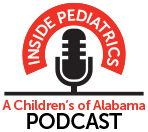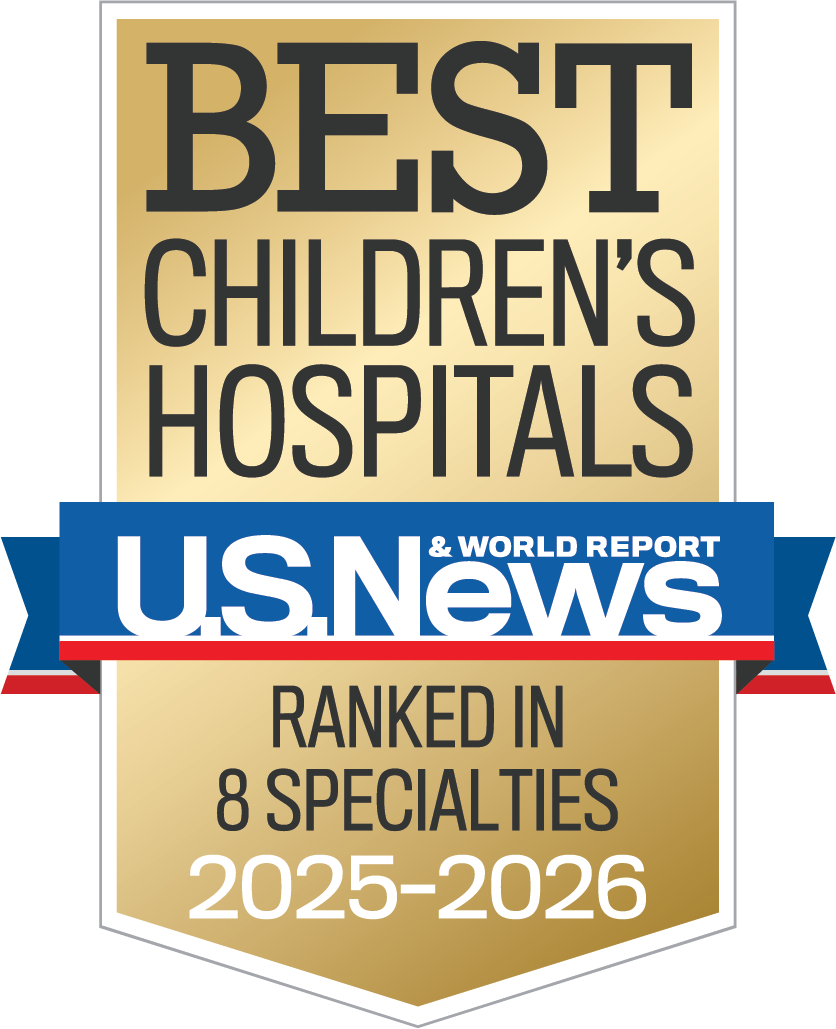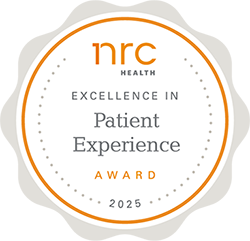Hypoplastic left heart syndrome
Oaklee Slaton had the odds stacked against her before she was even born. At 24 weeks in utero, she was diagnosed with hypoplastic left heart syndrome, a congenital defect in which the left side of the heart doesn’t form correctly and blood cannot flow normally through the heart. “It was quite a surprise,” her mother, Alexis Atchley, explained. “I had gone in for a routine anatomy scan, and my doctor saw something was not quite right.”
That discovery changed everything. Alexis was sent to Birmingham for further evaluation, which revealed the birth defect, and plans were made for her to deliver Oaklee in Birmingham instead of in her hometown of Albertville so Oaklee could quickly be transported to Children’s of Alabama. At 3 days old, she underwent her first surgery, the Norwood procedure, which connects the left ventricle to the right. Doctors told the family that Oaklee would need to be in the hospital for about a month. “The surgery was challenging, but she came through it, and we were just waiting to go home for a while,” Alexis said. “We were just three days out from going home, and then in a matter of just a few hours, everything changed.”
Out of nowhere, Oaklee went into cardiac arrest and had to be put on extracorporeal membrane oxygenation (ECMO), a life support machine that manages the functions of the heart and lungs. She spent eight days on ECMO, during which time she had a stroke and seizures. “We learned that it’s not uncommon for patients to have a stroke or seizures when trying to get off ECMO,” her father, Trent Slaton, explained. “The doctors were very straightforward with us in letting us know the risks of what could happen, but thankfully she was able to come off ECMO and survive.”
Almost immediately afterward, Oaklee was placed on the transplant list. In the meantime, at just over 3 months old, she underwent her second heart surgery, the Glenn procedure, which creates a connection between the pulmonary artery and the vessel that returns blood to the heart. “Oaklee’s heart was never able to really improve from the surgery. Her oxygen level never really improved,” Trent said. “Within a month, doctors saw it wasn’t looking good.”
As time continued to pass, doctors approached the family to talk about the possible need for end-of-life care. “They were very honest with us in that if a heart didn’t become available soon, we were going to have to start making big decisions,” Alexis said. “They didn’t sugarcoat anything, and of course it was hard to hear, but they were upfront and talked to us both from a medical perspective but also as parents. It meant a lot to us.”
Just two days after having that hard conversation about end-of-life care, the family received the call they had been waiting on: a heart was available. “It was truly like a rollercoaster,” Trent said. “But it was a rollercoaster with a happy ending as she had a successful surgery the very next day.”
Oaklee’s oxygen level showed improvement almost immediately. After a few months of monitoring to ensure her body didn’t reject the heart—and more than 200 total days in the hospital—she was able to go home. “She came home on 21 different medications, and now she’s down to three,” Trent said. “She’s had a few random sicknesses since then that have led to further visits to Children’s, but none related to the heart. It’s been doing great.”
Now almost 3 years old, Oaklee is thriving. She’s learned to walk, she’s in school, and she’s as active as a typical toddler. The family continues to make the trip to Children’s every few months for checkups, but they can’t imagine going through what they’ve been through anywhere else. “Children’s truly makes you feel like family,” Trent said. “Not only do they care for your child, but they do just as much for the family as the child. If you can even prepare for something like this, they prepared us. They walked us through every single part of the process. We’re so grateful for everyone at Children’s.”










